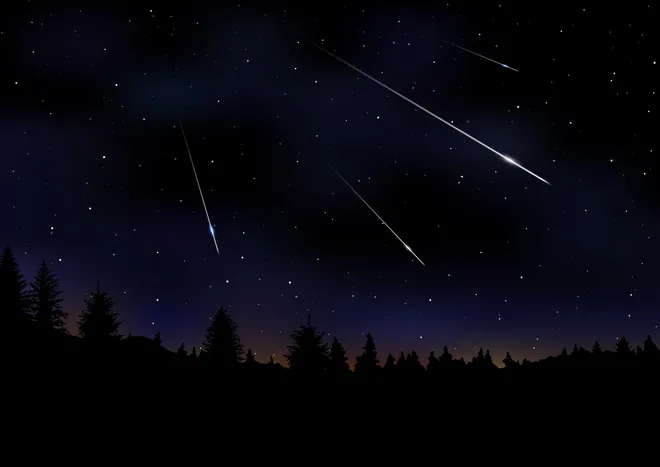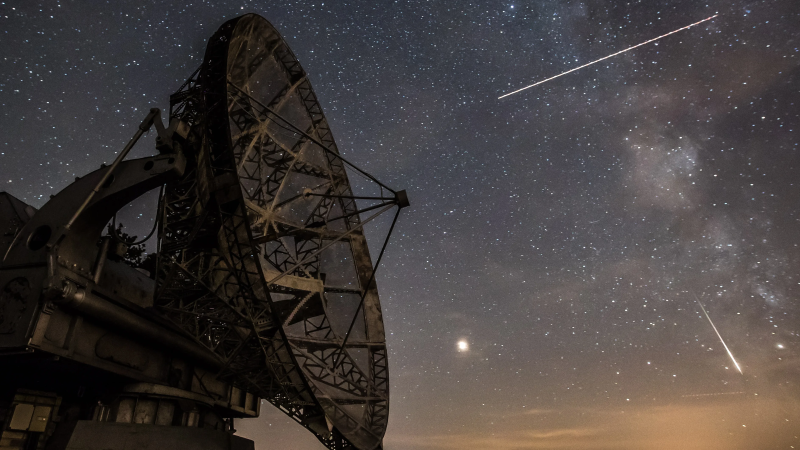Back-to-back meteor showers this week How to watch Delta Aquarids and Alpha Capricornids
Stargazers in southern states can rejoice over two meteor showers peaking around the same time as July flashes away.
Both the southern Delta Aquarids and the Alpha Capricornids peak periods will nearly crossover on Tuesday, according the American Meteor Society. Observers can see the dual showers in the southern hemisphere and southern latitudes of the northern hemisphere.
These celestial events are best observed after midnight as some aren't visible prior and before the moon rises, EarthSky reported.
The Delta Aquarrids move at a medium speed, while the Alpha Capricornids moves at a slower pace, according to the Society for Popular Astronomy.
The double meteor showers serve a teaser for next month's Perseids, the most popular shower of the year expected to peak on August 11 and 12.

How to watch the Southern Delta Aquariids
The Southern Delta Aquariids will peak at on the night of July 29 going into July 30 when the moon will be 30% full, according to AMS. Moonlight should be a minor factor to watch this shower this year as the waning crescent moon rises in the early morning hours.
This shower, active between July 18 through August 21, is best observed from the southern tropics. AMS experts recommend to look toward the southwestern sky if the moon is above the horizon when viewing.
The celestial point in the sky where the paths of meteors seem to originate from, also known as the radiant, can be found north of the equator and located lower in the southern sky, according to the AMS.
"These are usually faint meteors that lack both persistent trains and fireballs," the AMS wrote.

How to watch the Alpha Capricornids
The Alpha Capricornids are expected to peak on the night of July 30 going into July 31 when the moon will be 20% full, according to AMS.
The shower started being active on July 7 and will continue through August 15. This event can be seen equally on either side of the equator, AMS reported.
"This shower is not very strong and rarely produces in excess of five shower members per hour," the AMS wrote. "What is notable about this shower is the number of bright fireballs produced during its activity period."
Disclaimer: The copyright of this article belongs to the original author. Reposting this article is solely for the purpose of information dissemination and does not constitute any investment advice. If there is any infringement, please contact us immediately. We will make corrections or deletions as necessary. Thank you.






